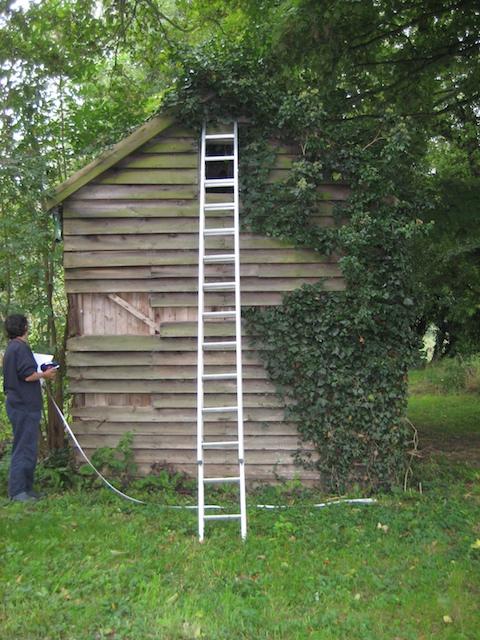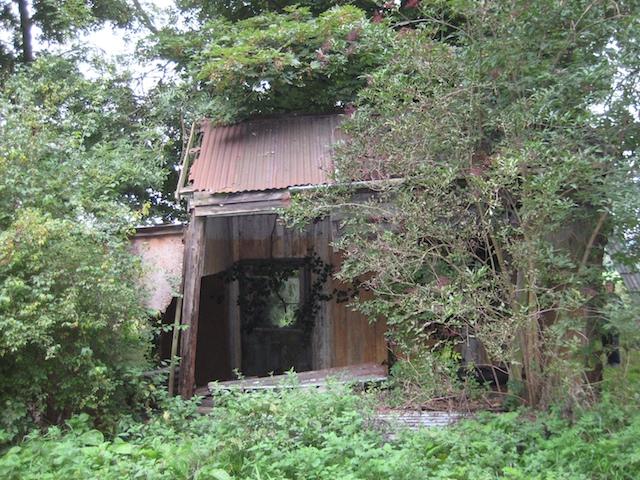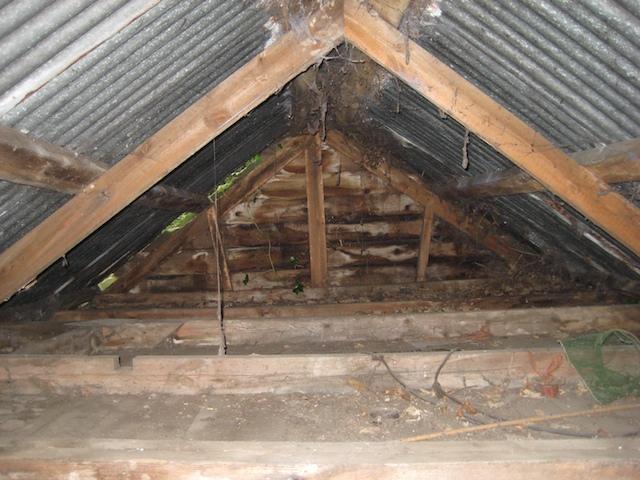I have a house with a large(ish) garden and it has a summerhouse on it next to a river. The summerhouse is at least 70 years old but is derelict and near to total collapse.
I know that during WWII it was used to house a family! Its only a single room and I would guess that its about 5mx4m but I havnt measured it yet.
Its about 4-5m tall with an apex roof and it did have a small lean to kitchen on one end but that fell down years ago.
I want to replace the summerhouse with something of similar dimentions and design.
As far as I can see the current building has no foundations at all, the upright wooden corners seem to sit straight on the ground.
As the summerhouse is built on a riverbank and the riverbank has several large trees with big roots, I would like to build the replacement summerhouse with as little footings as possible so that I can minimise damage to the trees.
As I know almost nothing about foundations for buildings I am looking for ideas on a what options exist for providing a firm base for the new summerhouse.
Thanks.
I know that during WWII it was used to house a family! Its only a single room and I would guess that its about 5mx4m but I havnt measured it yet.
Its about 4-5m tall with an apex roof and it did have a small lean to kitchen on one end but that fell down years ago.
I want to replace the summerhouse with something of similar dimentions and design.
As far as I can see the current building has no foundations at all, the upright wooden corners seem to sit straight on the ground.
As the summerhouse is built on a riverbank and the riverbank has several large trees with big roots, I would like to build the replacement summerhouse with as little footings as possible so that I can minimise damage to the trees.
As I know almost nothing about foundations for buildings I am looking for ideas on a what options exist for providing a firm base for the new summerhouse.
Thanks.






